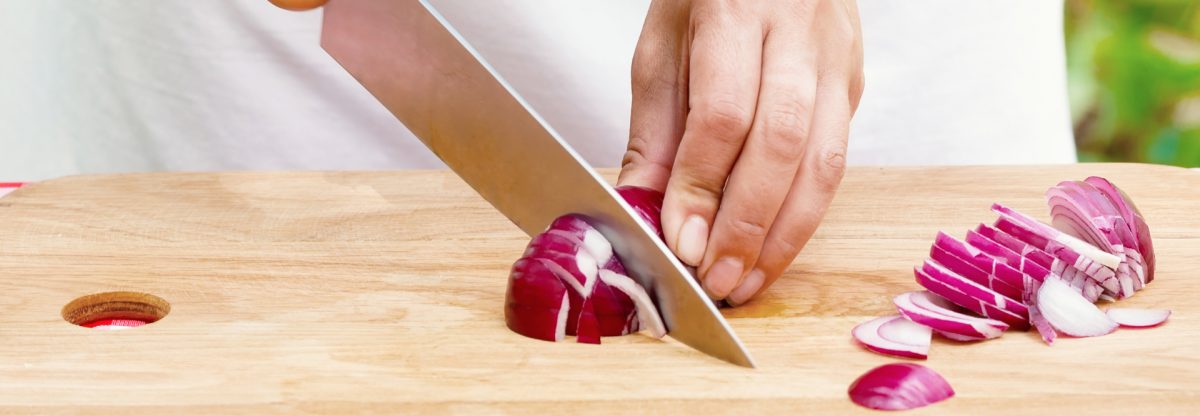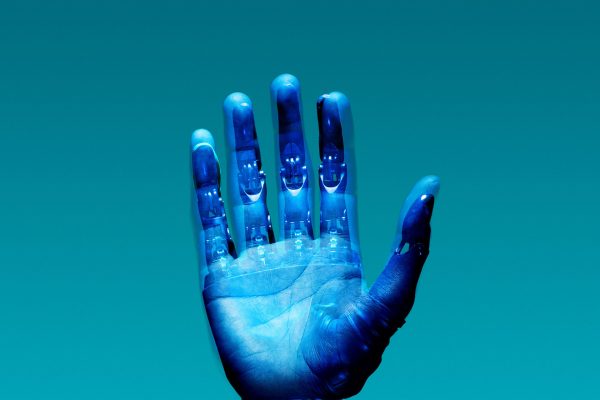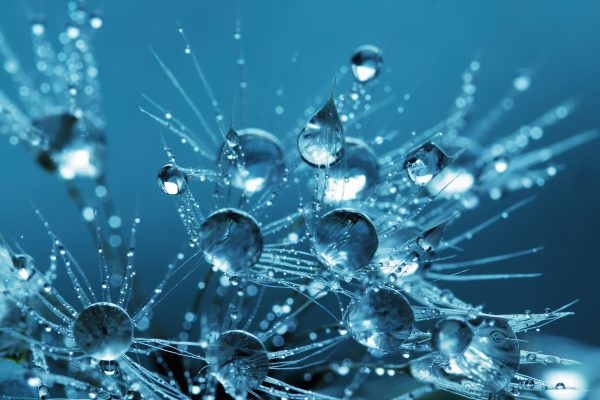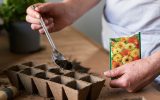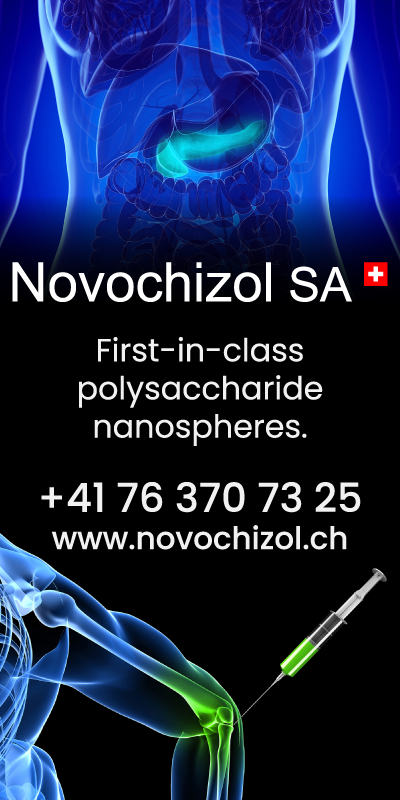Solving Everyday Problems With Science
Chemistry offers simple solutions to life’s everyday little problems. Here are some easy tips to help get you through the day.
Spray Gum Away
Got gum stuck on your shoe or in your hair? There are a few chemistry life hacks to get you out of this one. Freezing the gum with an ice cube will make it brittle, so it’s less sticky and easier to remove. If it’s gum stuck on your shoe, spritz the gooey mess with WD-40. The lubricant will counter the stickiness of the glue, so you can slide it right off. While you might not want to spray WD-40 on your hair, if you get gum stuck in it, rub peanut butter onto the affected area to loosen the gum, comb it out, and wash it off.
Refrigerate Onions
Do you get all teary-eyed when cutting onions? Every slice of the knife breaks open onion cells, releasing volatile chemicals that irritate your eyes and make you cry. Do you want to save the waterworks for your favorite tearjerker movie? Refrigerate onions before cutting them. The cooler temperature slows down the rate of chemical reactions, so it takes longer for the acidic compound to form and less likely to waft up toward your eyes. Cutting onions underwater is another option since the compound is released into water and not air.
Pro Tip: Did you forget to refrigerate your onions? You can chill them in the freezer for 15 minutes. Just remember to take them out before they freeze. Freezing bursts cells, which could make your eyes tear up even more, plus it changes the texture of the onions.
Test Eggs in Water
Here’s a life hack to keep you from cracking open a bad raw egg. Place the egg in a cup of water. If it sinks, it’s fresh. If it floats, you can use it for a stinky prank, but you won’t want to eat it. A decaying egg produces hydrogen sulfide. This is the chemical responsible for the foul rotten egg stench. The gas also makes the bad egg buoyant in water.
Got a floating egg? You can make a stink bomb with it.
Alcohol to Remove Stickers
When you buy something new, one of the first things you’ll do it take off the sticker. Sometimes it peels right off, while other times you just can’t get it to budge. Spray the label with perfume or dampen it with a cotton ball soaked in alcohol. The adhesive dissolves in alcohol, so the sticker peels right off. Just keep in mind alcohol dissolves other chemicals, too. This trick is great for glass and skin but could mar the surface of varnished wood or certain plastics.
Pro Tip: If you don’t want to smell like perfume, try using hand sanitizer gel to remove a sticker, label, or temporary tattoo. The active ingredient in most hand sanitizer products is alcohol.
Make Better Ice Cubes
Use chemistry to make better ice. If your ice cubes aren’t clear, try boiling the water and then freezing it. Boiling water drives off dissolved gases that can make ice cubes appear cloudy.
Another tip is to make ice cubes from the liquid you are drinking. Don’t dilute lemonade or iced coffee with frozen water. Drop frozen lemonade or frozen coffee cubes into the drinks. Although you can’t freeze hard alcohol, you can make ice cubes using wine.
Use Chemistry to Polish Silver
Silver reacts with air to form a black oxide termed tarnish. If you use or wear silver, this layer gets worn away so the metal stays fairly bright. However, if you keep your silver for special occasions, it can blacken. Polishing silver by hand may be good exercise, but it’s not fun. You can use chemistry to prevent most of the tarnish from forming and to remove it without polishing.
Prevent tarnish by wrapping your silver before you store it. Plastic wrap or a plastic bag prevents air from circulating around the metal. Squeeze out as much air as possible before tucking the silver away. Keep silver away from humidity and products high in sulfur.
To remove tarnish electrochemically from fine silver or sterling silver, line a dish with aluminum foil, set the silver on the foil, pour on hot water, and sprinkle the silver with salt and baking soda. Wait 15 minutes, then rinse the silver with water, dry it, and marvel at the shine.
Threading the Needle
There are tools that can make it easier to thread a needle, but if you don’t have one, you can make the process easier by binding together the fibers of the thread. Lightly run the thread through a bit of candle wax or paint the end with nail polish. This binds the stray fibers and stiffens the thread so it won’t bend away from the needle. If you have trouble seeing the thread, the bright polish can make it easier to spot the end. Of course, the easiest solution to this problem is to find a youthful helper to thread the needle for you.
Ripen Bananas Quickly
You found the perfect bunch of bananas, except for one little problem. They are still green. You can wait around a couple of days for the fruit to ripen on its own or you can speed up the process using chemistry. Simply close your bananas in a paper bag, along with an apple or ripe tomato. The apple or tomato gives off ethylene, which is a natural fruit ripening chemical. On the flip side, if you want to keep your bananas from getting overly ripe, don’t put them in the fruit bowl with other ripe fruit.
Add Salt to Make Coffee Taste Better
Did you order a cup of coffee, only to find it tastes like battery acid? Reach for the salt shaker and sprinkle a few grains into your cup of joe. Salt dissolves in coffee to release sodium ions. The coffee won’t be any better, but it will taste better because the sodium blocks taste receptors from detecting the bitter notes.
If you are brewing your own coffee, you can add salt during the brewing process. Another tip to reduce bitterness is to avoid brewing coffee with super-hot water or letting it sit on a hot plate until the end of time. Too much heat during brewing increases extraction of the molecules that taste bitter while holding coffee on a hot plate eventually burns it.
Reference: https://www.thoughtco.com/simple-chemistry-life-hacks-606819

